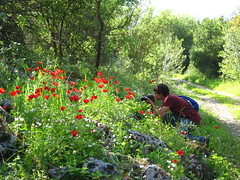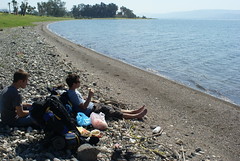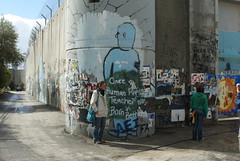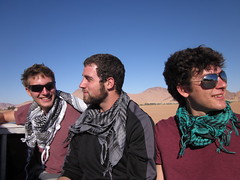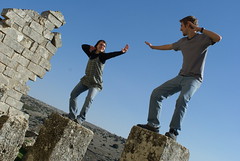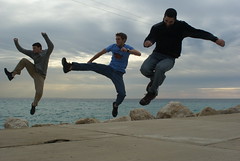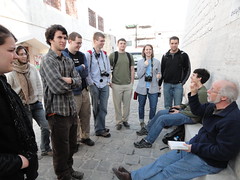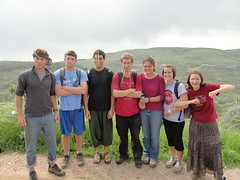 After our week at the kibbutz and at Oranim College, we made our way to the small city of Nazareth for the next stage of our adventure. We are staying in the middle of the old city … Continue Reading ››
After our week at the kibbutz and at Oranim College, we made our way to the small city of Nazareth for the next stage of our adventure. We are staying in the middle of the old city … Continue Reading ››
Nazareth Village and the Jesus Trail
 After our week at the kibbutz and at Oranim College, we made our way to the small city of Nazareth for the next stage of our adventure. We are staying in the middle of the old city … Continue Reading ››
After our week at the kibbutz and at Oranim College, we made our way to the small city of Nazareth for the next stage of our adventure. We are staying in the middle of the old city … Continue Reading ››
